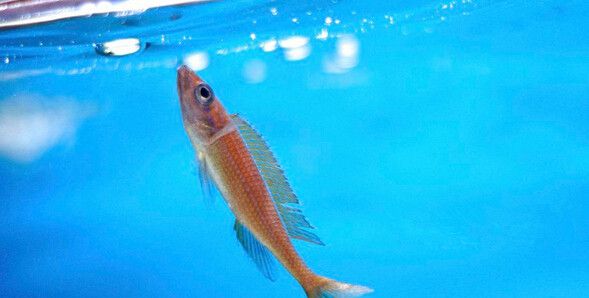准晶体来自地外空间
|
Results from an expedition to far eastern Russia that set out to find the origin of naturally occurring quasicrystals(准晶体) have provided convincing evidence that they arrived on Earth from outer space. Writing in IOP Publishing's journal Reports on Progress in Physics, Paul J Steinhardt and Luca Bindi reveal that new, naturally occurring quasicrystal samples have been found in an environment that does not have the extreme terrestrial conditions needed to produce them, therefore strengthening the case that they were brought to Earth by a meteorite. Furthermore, their findings reveal that the samples of quasicrystals were brought to the area during the last glacial period, suggesting the meteorite(陨星) was most likely to have hit Earth around 15 000 years ago. "The fact that the expedition found more material in the same location that we had spent years to track down is a tremendous confirmation of the whole story, which is significant since the meteorite is of great interest because of its extraordinary age and contents," said Steinhardt. In their report, Steinhardt and Bindi describe the expedition in which ten scientists, two drivers and a cook travelled 230 km into the Koryak Mountains of far eastern Russia to pan one and a half tons of sediment by hand, and survey local streams and mountains. The group of researchers were on the look-out for naturally occurring quasicrystals -- a unique class of solids that were first synthesized in the laboratory by Israeli scientist Dan Shechtman in 1982. He was awarded the Nobel Prize for Chemistry in 2011 for this discovery. The concept of quasicrystals was first introduced by Steinhardt and his student Dov Levine. Until their work, it had been believed that all solids, synthetic or natural, form ordinary crystals -- materials whose entire structure is made of a single-type cluster of atoms that repeat at regular intervals, joining together in much the same way as identical tiles in bathroom tiling. |








